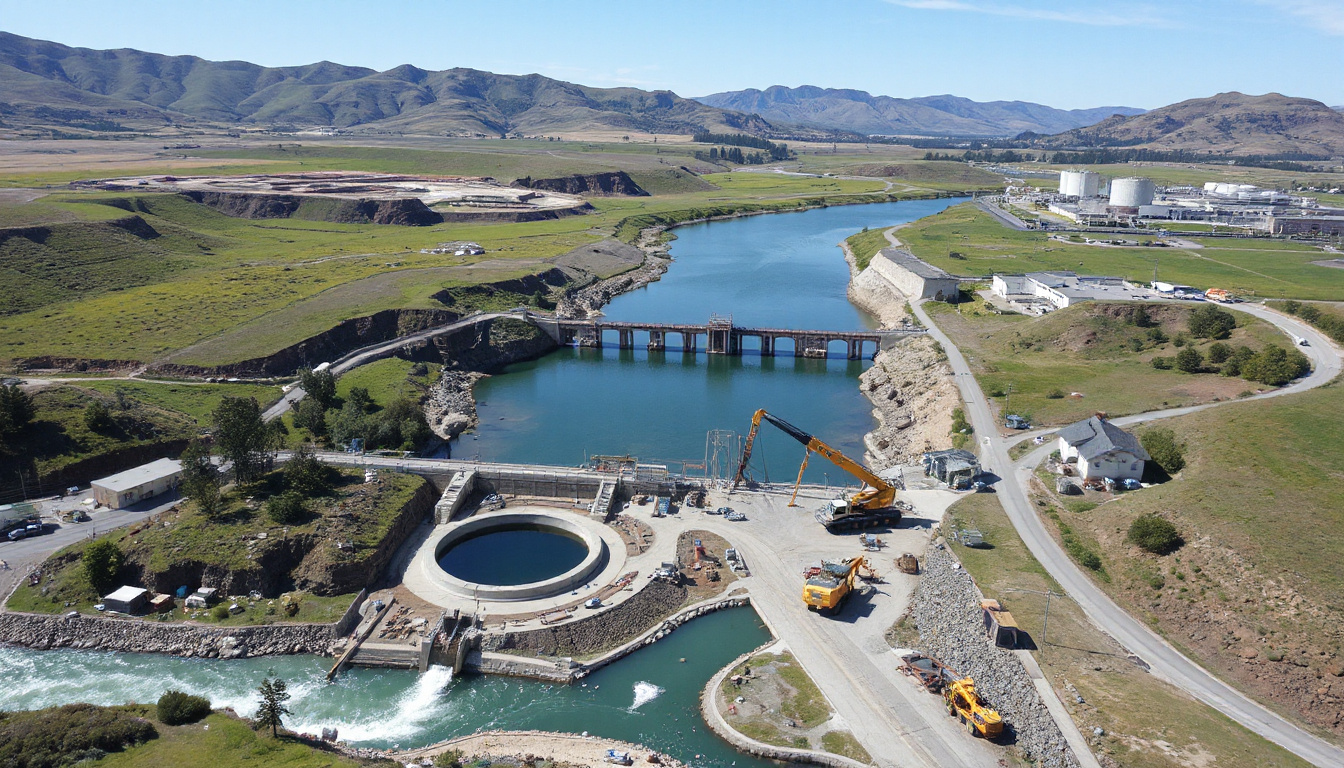Government Accelerates Plans for New Reservoirs to Address Water Supply Challenges
The UK Government intervenes in planning; it marks two reservoir projects as nationally significant and transfers decision authority from local councils to the central administration. This reassignment restructures approval processes and condenses the construction timeline for developments that, after a three-decade hiatus, intend to secure potable water for over 750,000 residences in regions under severe hydric stress.
The projects, located in East Anglia and Lincolnshire, operate as distinct nodes in a network of strategic water augmentation. The Lincolnshire initiative, sited near Sleaford, envisages a reservoir with a capacity to distribute roughly 166 million litres daily to an anticipated 500,000 residences; its operational target is set for 2040. In parallel, the Cambridgeshire proposition—positioned between Chatteris and March—plans for a reservoir delivering near 87 million litres per day to sustain approximately 250,000 residences, with execution scheduled for 2036. Both proposals will enter consultation phases that integrate community feedback and stakeholder directives into the overarching regulatory mechanism.
Government representatives argue that compounded pressures from population expansion, aging distribution infrastructure, and climatic variability may precipitate serious water deficiencies by the mid-2030s if new supply channels are not established. Existing constraints have also retarded residential construction in localized sectors, such as parts of Cambridge, thereby constraining the dynamics of property market development.
Water-management agencies have projected further developments that encompass the commissioning of nine supplementary reservoirs by 2050 across various counties, an endeavor estimated to inject an extra 670 million litres daily into the national supply network. Pending legislative modifications are set to automatically classify major reservoir developments as nationally significant, a revision that is poised to streamline project approvals and administrative procedures.
For investors focusing on Houses in Multiple Occupation and broader residential schemes, the shift in regulatory control delineates a forward-looking infrastructure protocol that is fundamental to facilitating scalable housing developments and fortifying sustained investment conditions.
Summary
The government’s reassignment of reservoir oversight to central jurisdiction instigates rapid infrastructural deployment to counter persistent water deficits. This redirection addresses systemic challenges imposed by demographic and environmental factors while reconfiguring developmental impediments that affect both housing expansion and long-term investment stability across England.



